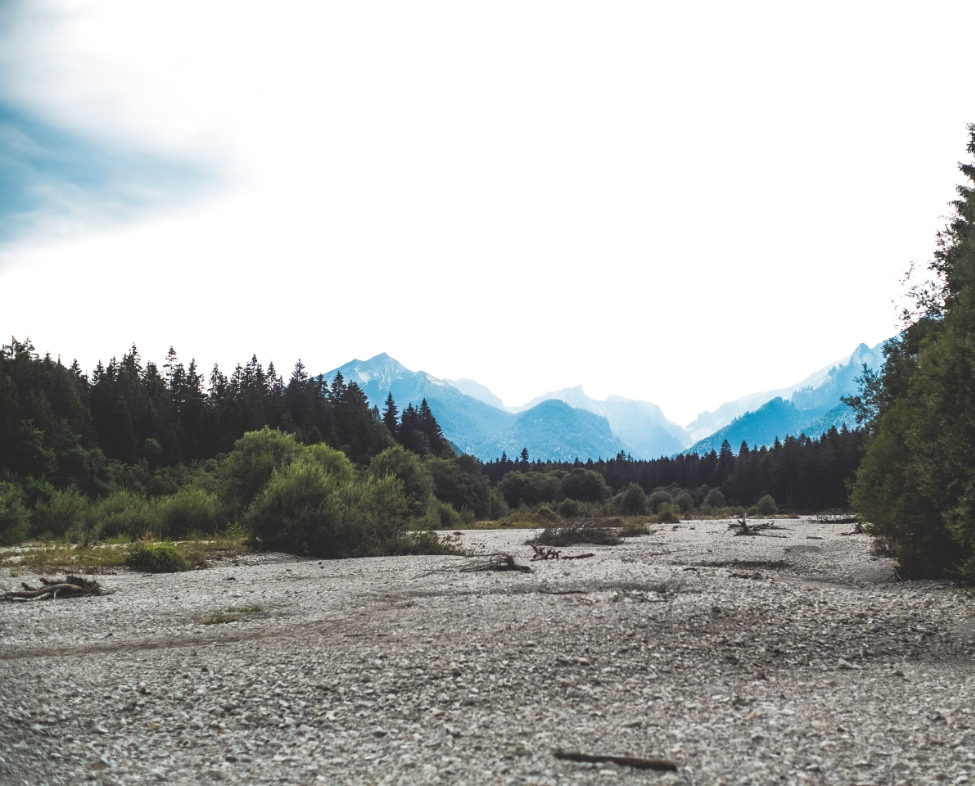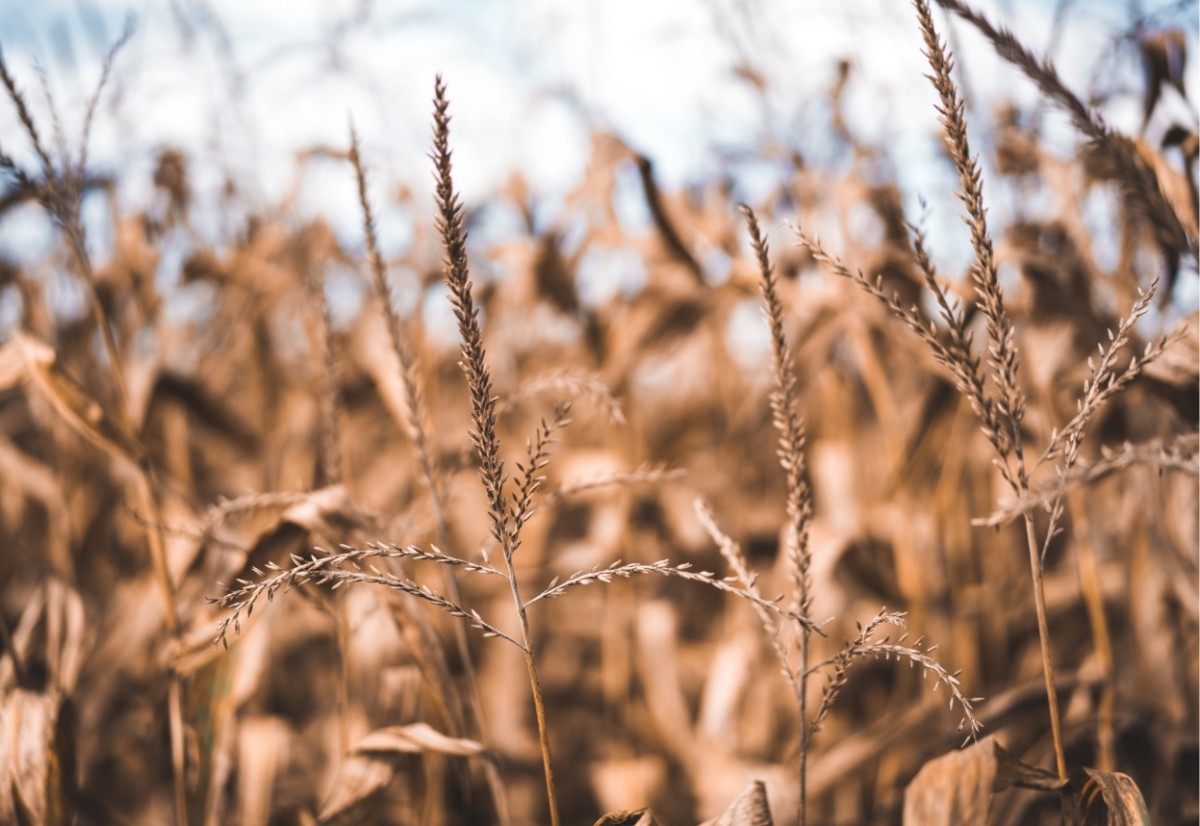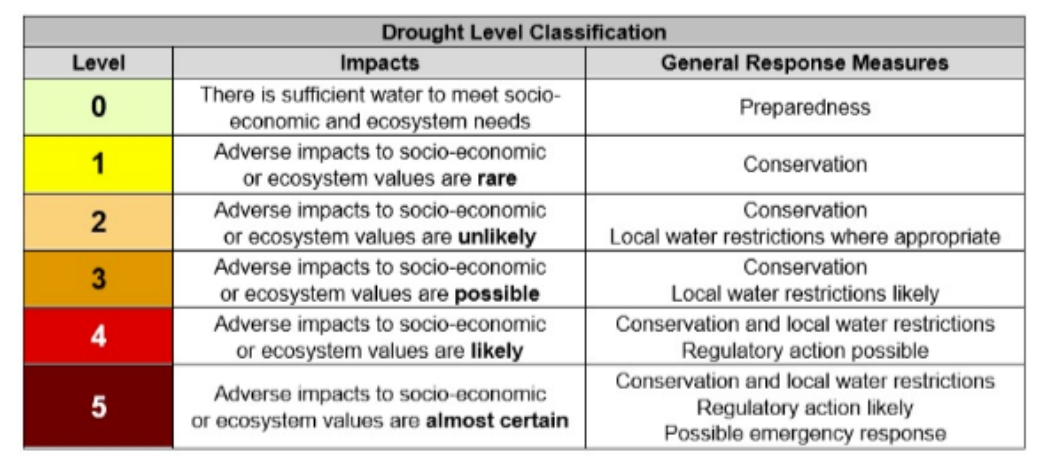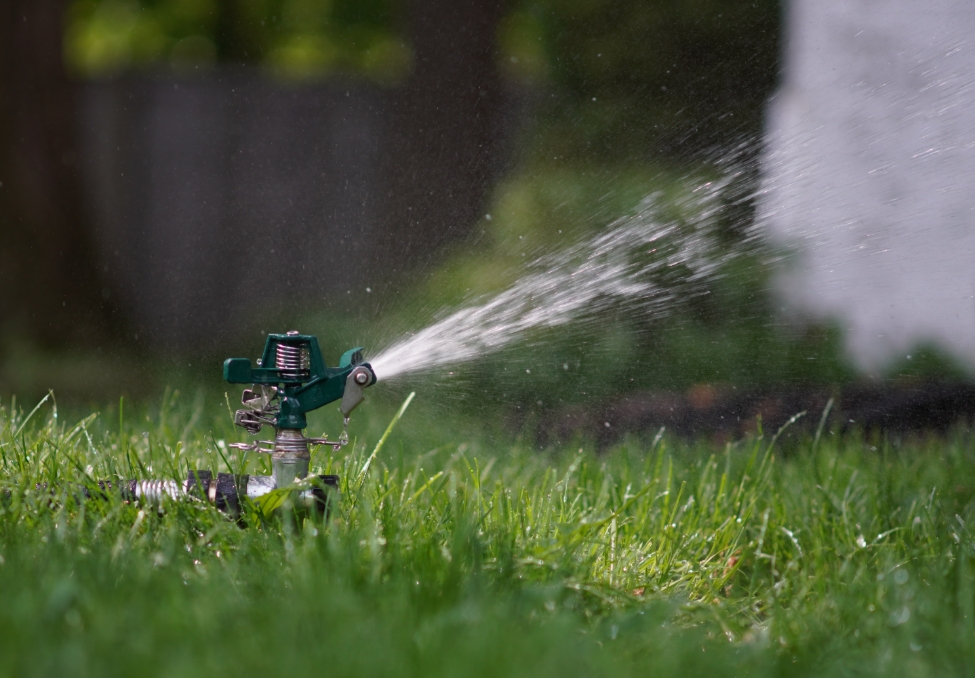As the impacts of drought increase, public water systems will increase water conservation regulations. Voluntary reduction of consumption is the first step for all homes in the Cowichan region.
- Know the Risk. Make a Plan. Build a Kit.
- Reduce consumption
- Monitor and abide by regional water restrictions
- Monitor the provincial drought portal for more information
- Sign up for CowichanAlert
- Install water efficient appliances
- Grow drought resistant plants in your garden
- FireSmart your home
- Check your hoses and pipes for cracks and drips
- Conserve water when vacationing across the region
The average Canadian directly and indirectly uses 340 liters of water a day. The average British Columbian uses 490 Liters a Day. Here are some ways to reduce consumption:
- Instead of running the tap, keep a jug of cool water in the fridge
- Turn off the tap and wash your fruit in a bucket, use the gray water around your garden
- Turn off the garburator and save water. Compost your kitchen scraps
- Long grass helps shade its roots. Mow less often and you’ll save water
- Don’t water when its windy. Wind can blow sprinklers off target and speed up evaporation
- Put an empty tuna can on your lawn when running the sprinkler. When its full you’ll know you’ve water enough.
- Turn off the tap when you brush your teeth or shave
- Take shorter showers. You will save 19 liters every minute
- Water for dripping taps! Change tap washers and save up to 300 liters a week
- Instead of running water, use a bucket or pail for household cleaning
- Make sure your washing machine is loaded full. Every load uses up to 190 liters.





